The National Environmental Policy Act under Environmental Law
Allocation of CERCLA Liability under Environmental Law
1. Introduction to CERCLA Liability
CERCLA, enacted in 1980, empowers the federal government (EPA) to clean up hazardous waste sites and hold responsible parties liable for contamination. Liability under CERCLA is strict, joint and several, and retroactive, meaning:
Strict liability: No need to prove fault or negligence.
Joint and several liability: Any one responsible party can be held liable for the entire cleanup cost.
Retroactive liability: Parties can be held liable for contamination occurring before CERCLA was enacted.
2. Types of Potentially Responsible Parties (PRPs)
CERCLA identifies four categories of PRPs:
Current owners or operators of contaminated sites
Owners or operators at the time of disposal of hazardous substances
Generators and transporters who contributed to contamination
Arrangers who arranged for disposal or treatment of hazardous substances
3. Allocation of Liability
The biggest challenge under CERCLA is allocating cleanup costs among multiple PRPs, especially when contamination occurred over decades and many parties are involved.
4. Key Legal Concepts in Allocation
Joint and Several Liability: One PRP can be held responsible for the entire cost, regardless of their share of contamination.
Contribution Claims: PRPs can sue other responsible parties for a fair share of cleanup costs.
Equitable Allocation: Courts strive to allocate costs fairly among PRPs based on factors like volume of hazardous waste contributed, toxicity, duration of involvement, etc.
5. Important CERCLA Cases on Allocation of Liability
(A) United States v. Atlantic Research Corp. (2007)
Facts: Atlantic Research sent hazardous waste to a landfill operated by other parties. After EPA cleanup, Atlantic sought to recover its share of cleanup costs.
Issue: Whether a party that disposed of hazardous substances can recover cleanup costs from other PRPs under CERCLA’s cost recovery or contribution provisions.
Held: The Supreme Court held that parties that have been forced to pay cleanup costs can bring cost recovery claims under §107(a) but cannot bring contribution claims under §113(f) unless they have been sued or settled with the government.
Significance: Clarified distinction between §107(a) cost recovery (broader) and §113(f) contribution (available after litigation or settlement), impacting allocation and recovery strategies.
(B) Exxon Mobil Corp. v. United States (2005)
Facts: Exxon sought contribution for cleanup costs from other parties for contamination in the New Jersey Meadowlands.
Issue: How to allocate liability among multiple PRPs for contamination.
Held: The court emphasized equitable factors in allocating liability, considering the volume of waste, toxicity, and role of each party.
Significance: This case highlighted that while liability is strict, courts use equitable allocation for contribution claims, assessing each party's role and contribution.
(C) Cooper Industries, Inc. v. Aviall Services, Inc. (2004)
Facts: Aviall sought contribution from Cooper Industries after paying for cleanup.
Issue: Whether a PRP must first be sued or settle before bringing a contribution claim.
Held: The Supreme Court ruled that a party cannot seek contribution under §113(f) without prior civil enforcement action or settlement; they must use §107(a) cost recovery if no suit or settlement exists.
Significance: Reinforced the procedural prerequisite for contribution claims, affecting timing and allocation strategies.
(D) United States v. Chem-Dyne Corp. (1991)
Facts: The government sued multiple parties for contamination of a chemical waste site.
Issue: Whether parties can be held jointly and severally liable regardless of their individual contribution.
Held: The court held that CERCLA imposes joint and several liability on PRPs, allowing the government to recover full cleanup costs from any one party.
Significance: Affirmed the strong liability regime under CERCLA to ensure cleanup funding.
(E) Burlington Northern & Santa Fe Railway Co. v. United States (2009)
Facts: Burlington Northern sought to limit its CERCLA liability for cleanup costs at a contaminated site.
Issue: Whether PRPs could limit their liability under certain CERCLA defenses.
Held: The Supreme Court clarified the standards for "arranger" liability under CERCLA, limiting liability to parties that specifically intended to dispose of hazardous waste.
Significance: This decision narrowed arranger liability, which affects how cleanup costs are allocated among parties.
6. Summary of Allocation Principles
| Case | Year | Key Holding | Impact on Allocation |
|---|---|---|---|
| United States v. Atlantic Research | 2007 | Clarified cost recovery vs. contribution claims | Affects how and when PRPs recover costs |
| Exxon Mobil Corp. v. United States | 2005 | Equitable allocation of liability among PRPs | Courts consider relative contributions |
| Cooper Industries v. Aviall Services | 2004 | Contribution claims require prior suit or settlement | Limits timing of contribution claims |
| United States v. Chem-Dyne Corp. | 1991 | CERCLA imposes joint and several liability | Any PRP can be held liable for full cost |
| Burlington Northern v. United States | 2009 | Limits arranger liability to those with intent to dispose | Narrows responsible parties |
7. Practical Takeaways
Joint and Several Liability: One PRP may pay entire cleanup but can seek contribution.
Contribution vs. Cost Recovery: PRPs must understand when to use each claim.
Equitable Allocation: Courts weigh multiple factors to allocate cleanup costs fairly.
Limiting Liability: PRPs may use CERCLA defenses to limit exposure.
Early Settlements: Important to secure settlements early to facilitate contribution claims.
8. Conclusion
CERCLA liability allocation is complex due to multiple parties, decades-long contamination, and strict liability principles. The courts balance strong enforcement to ensure cleanup funding with fairness in cost sharing. The evolving case law clarifies procedures for contribution and cost recovery claims, joint and several liability application, and limits on arranger liability.













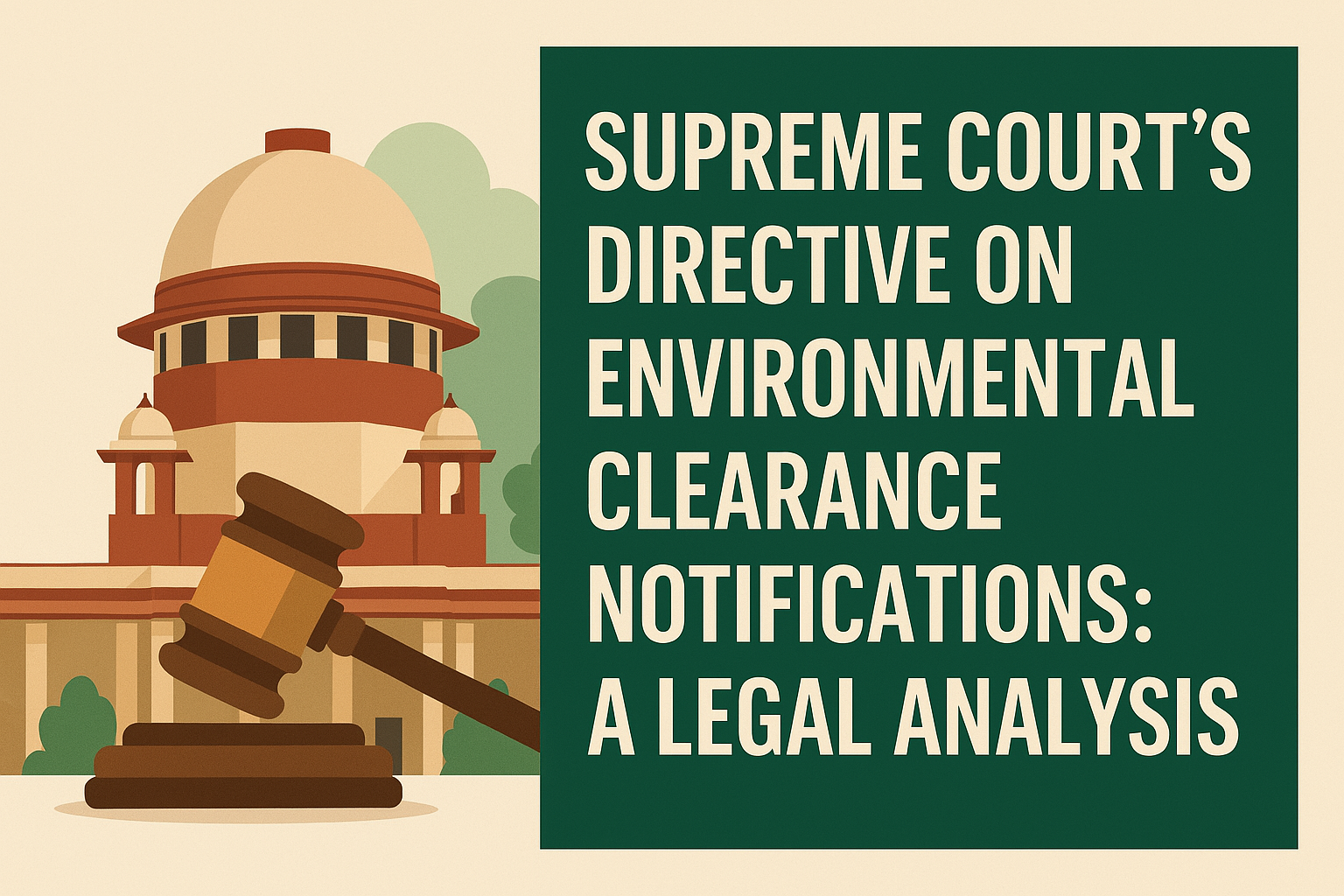


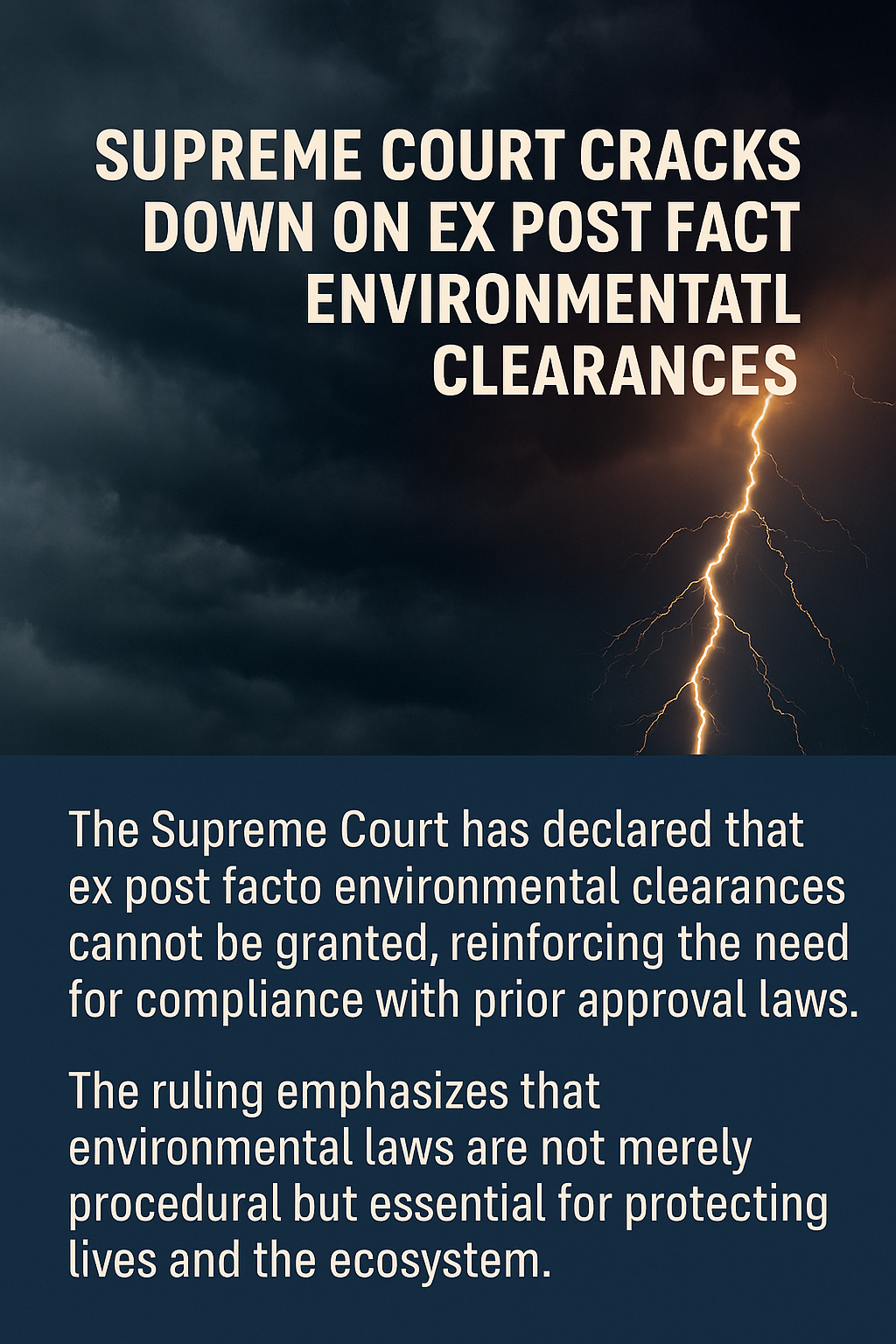

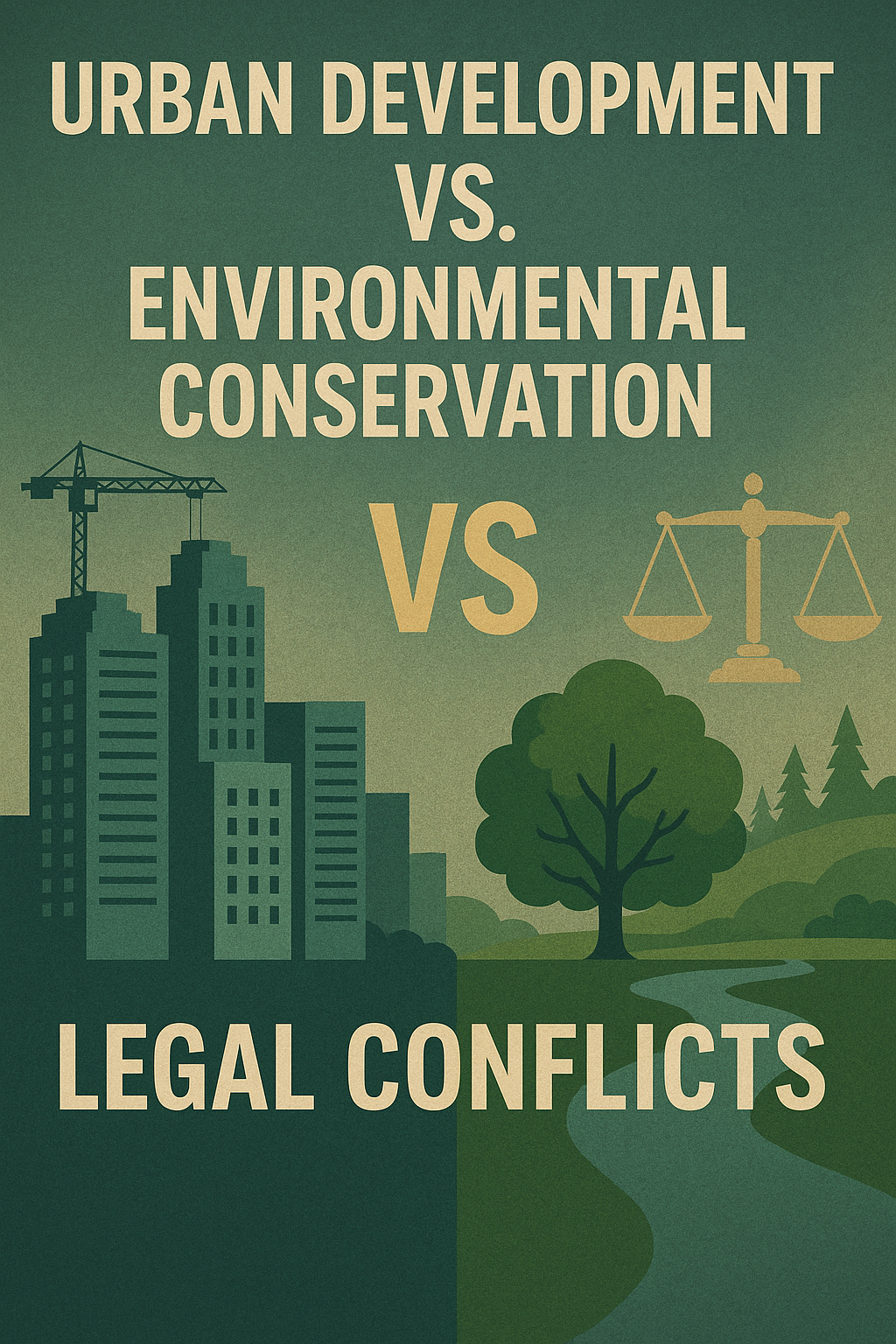

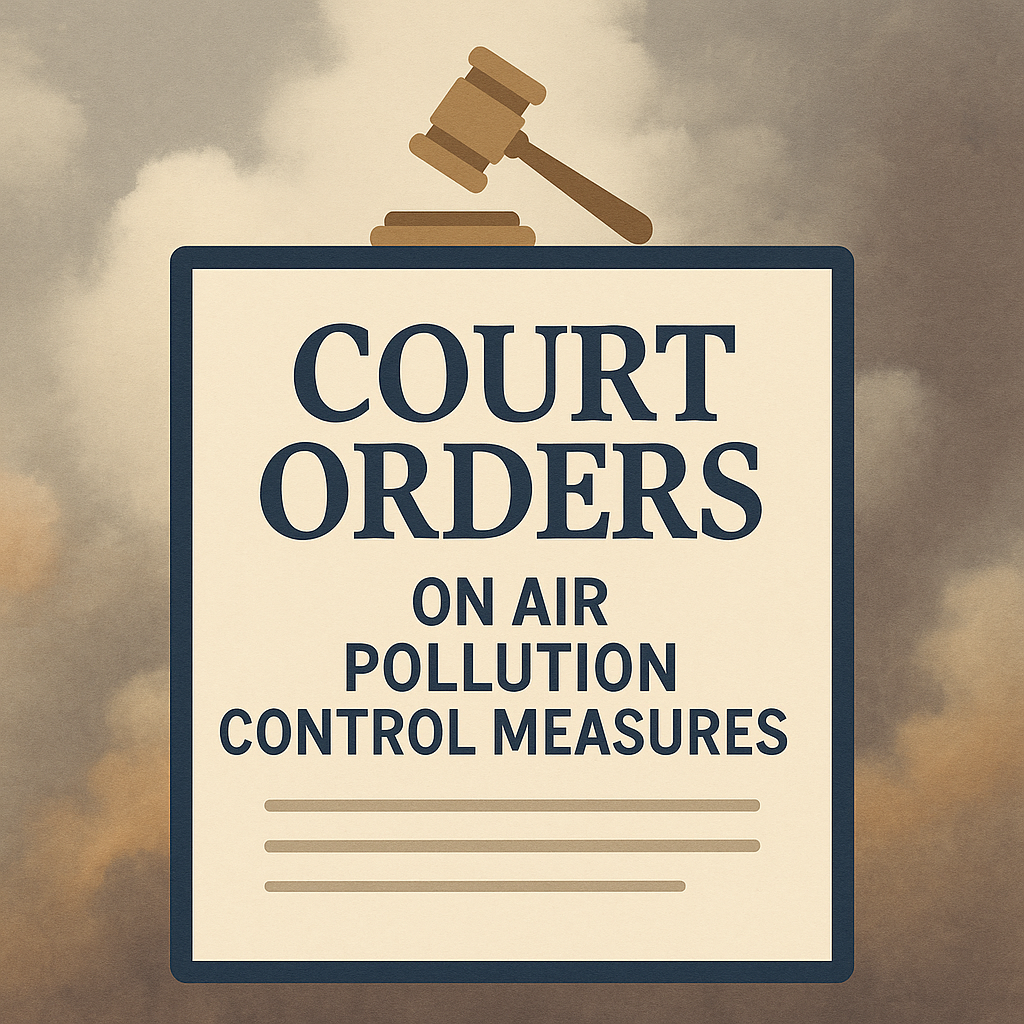






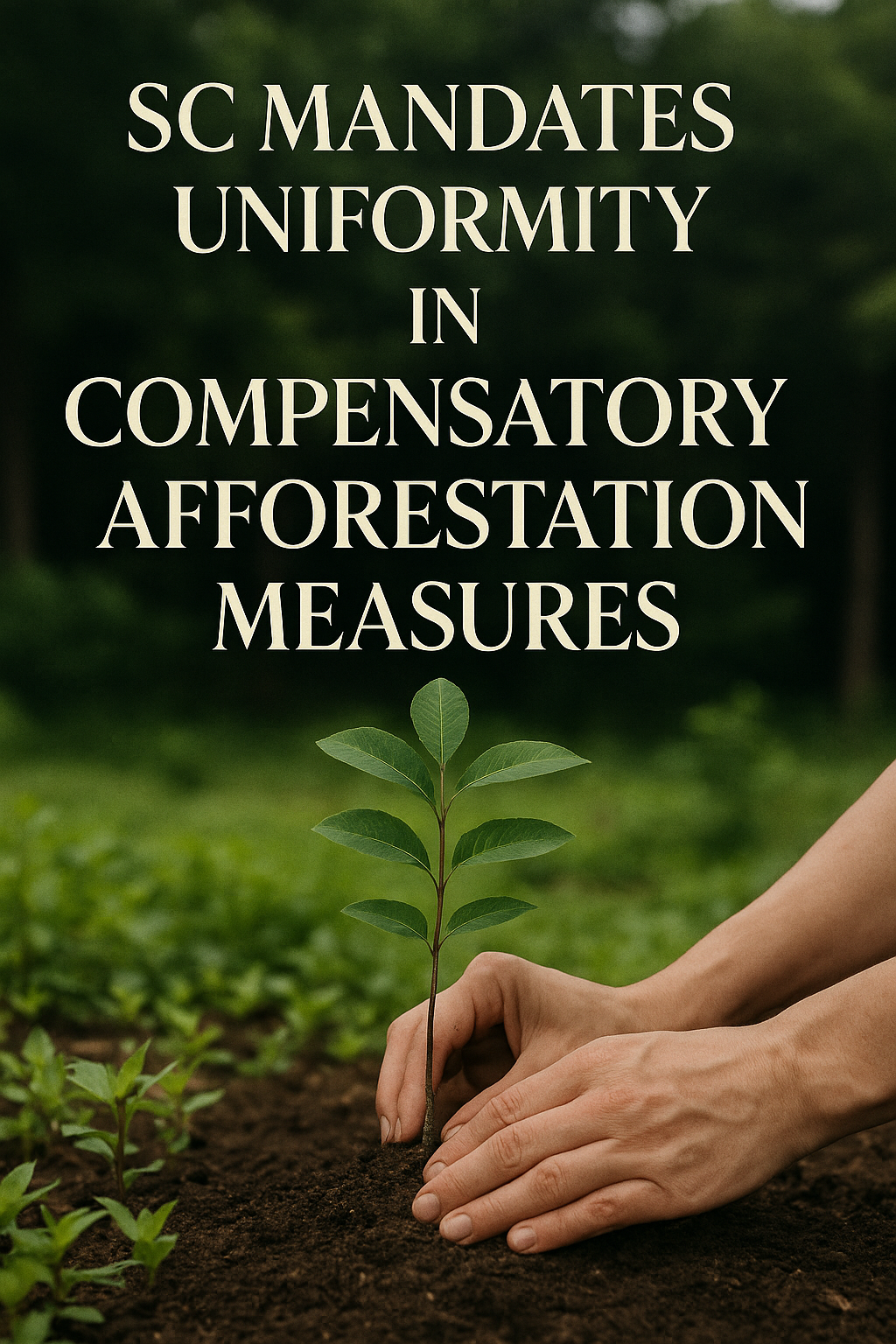
0 comments